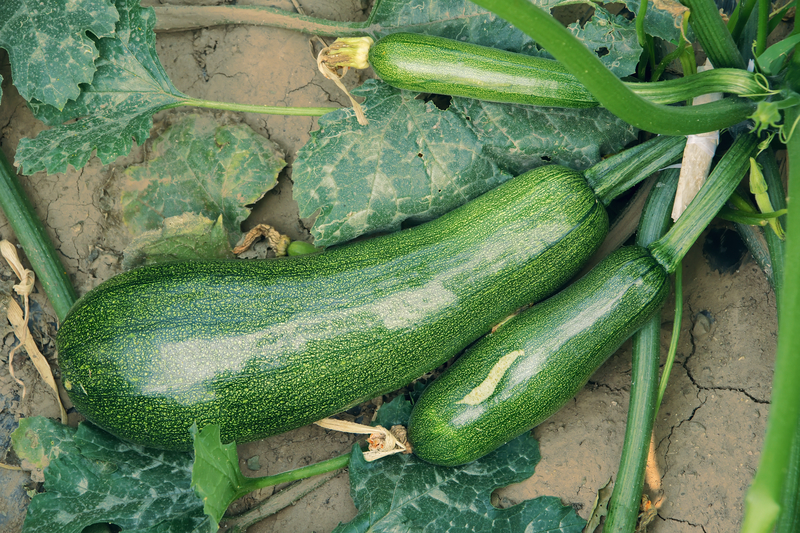Hydration is key to survival – without it, your shelf life becomes extremely limited and death becomes a certainty.
If you find yourself in that type of survival situation, look for plants like these to get you the water your body desperately needs.
Melons:
Melons of any kind are quite helpful in situations where water is scarce. The large, hollow cavity of the melon is indicative of a reserve water supply.
While you might be thinking of domesticated varieties of melon, there are actually wild varietals you can find. Known as “citrons” these melons are found extensively throughout the southern parts of the U.S.
Citrons bear a resemblance to your typical melon, but don’t have the same sweetness.
Citrons are generally filled with white flesh and bunches of seeds, this is where all the water is stored. If you find them then you know you’ll be able to stay hydrated for some time.
And while there are wild melon types you shouldn’t discount other kinds of melons either. Farms all across the nation grow melons in great abundance. If you know where one of these farms is then you can either go to the farm (assuming the farmer doesn’t keep people away) OR, scour the perimeter of the farm. The seeds of many melon types are often distributed by animals which means you can find melons close by a melon farm.
Squash:
One of the first foods the colonists encountered when they emigrated here back in the 16th century was squash.
The Native American relied on squash as a main food source. The seeds are edible, and the thick, pulpy “meat” of the squash contains an abundance of water.
Like melons, squash has been domesticated so the kind you see in the grocery store are quite different than what you’d find out in nature. The good news is finding wild squash is something that can be done in the event of a SHTF situation.
The bad news is I don’t have space to elaborate on tracking them down here in this blog post. I’d suggest a book on the subject at your local library.
Berries:
Berries of all sorts are probably the most prolific water storing food to find in the wild.
It’s not at all difficult to go on a hike in many parts of the U.S. before you stumble upon some wild berries.Obviously one of the biggest considerations here is guaranteeing the berry you’re eating is safe to eat. The bottom line is many of these plump, hearty berries are loaded with water and they can help keep you adequately hydrated in a crisis.
Dandelion:
The ubiquitous dandelion is one of the most readily available plants to use for survival.
The entire plant is edible and it contains quite a bit of water by weight. While not as rich in water supply as many of the other plants on the list the simple fact that it’s so readily available is a reason to eat it.
The biggest downside is if you’re relying on dandelion for most of your water needs you might encounter a different problem associated with eating an all vegetable diet. That is the excess fiber of the dandelion can lead to excessive bouts of diarrhea, thus negating any of the hydration you managed to glean from the plant.
Do your best to also find another food source rich in protein and fat to help out with keeping food solid and to help balance nutrient intake.Examples of other Plants Are Great For Preventing Dehydration include:
Cucumbers
Tomatoes
Peppers
Aloe Vera
Mint
Sage
Without water in a survival situation, your body struggles and declines, until eventually, if not addressed, you die.
It is that simple and because of that simplicity, water has to be a priority for you, no matter what environment you are facing.
Fortunately, nature has a lot to offer in the form of plants that can hydrate you; for a complete list of these types of plants, check out the Survival Frog!
